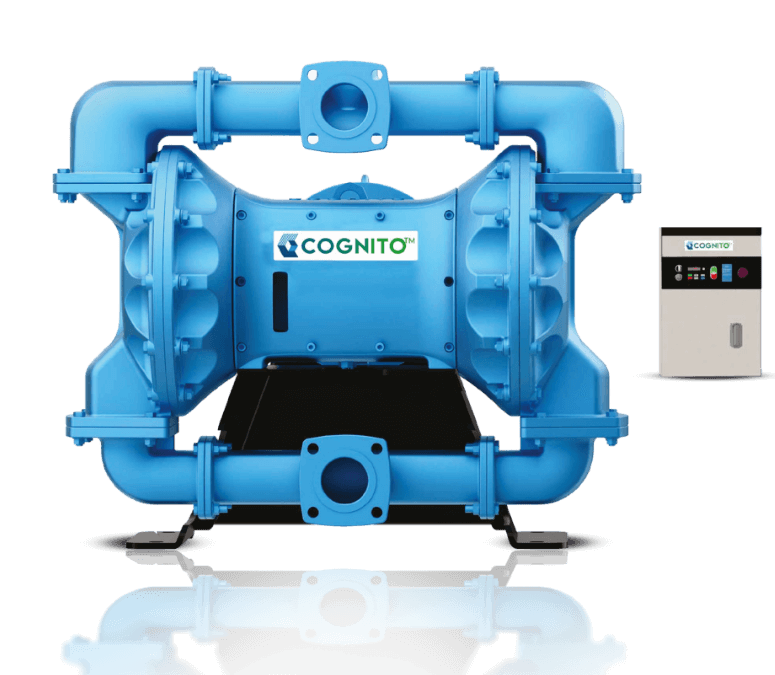Rescue Tools: A Step-by-Step Guide
 |
| Rescue Tools: A Step-by-Step Guide |
Rescue
tools are essential for effective emergency response. They are crucial in
saving lives. Especially when the calamity strikes in the form of accidents,
natural disasters, or other unforeseen yet critical situations.
Personal
Protective Equipment (PPE) is crucial for rescuers. These include:
- Helmets
- Gloves
- Boots
- Bodysuits
- Respirator
masks
The
next set of rescue
tools are known as extrication tools. They are used to free trapped
individuals from vehicles or structures. These include:
- Hydraulic
cutters
- Spreaders
- Rams
Thermal
imaging cameras are another crucial rescue tool. They help locate victims in
low-visibility conditions.
Water
rescue equipment includes:
- Life
jackets
- Rescue
boats
- Throw
bags
- Underwater
communication devices
- Sonar
systems
Rope
rescue equipment is used for complex rescue scenarios. These include:
- Lifelines
- Portable
anchor points
- Hand-operated
hoists
- Specialised
rope systems
Emergency
medical equipment is essential for providing immediate medical care. These
include:
- Stretchers
- First
aid kits
- Defibrillators
- Splints
By
understanding and using these tools, first responders can:
- Effectively
navigate hazardous environments
- Extricate
trapped individuals
- Provide
medical aid
- Facilitate
safe evacuation
- Save
lives
Essential
Rescue Tools and Their Uses
Now,
let’s take a detailed overview of essential rescue tools and their uses.
- Personal
Protective Equipment (PPE)
PPE
like helmets, gloves, boots, bodysuits, and respirator masks protect rescuers
from hazards.
- Extrication
Tools
Extrication
tools, such as hydraulic cutters, spreaders, and rams, are used to free trapped
individuals from vehicles or structures.
- Water
Rescue Equipment
Water
rescue equipment, including life jackets, rescue boats, throw bags, and
waterproof communication devices, is crucial for water-based rescues.
- Rope
Rescue Equipment
Rope
rescue equipment, comprising ropes, harnesses, carabiners, pulleys, and anchor
systems, is vital for high-angle and confined space rescues.
- Emergency
Medical Equipment
Emergency
medical equipment, including first aid kits, stretchers, defibrillators, and
oxygen kits, is essential for providing immediate medical care.
- Technical
Rescue Tools
Technical
rescue tools like thermal imaging cameras, rescue saws, and confined space
equipment aid in complex rescue scenarios.
- Search
and Rescue Tools
Search
and rescue tools like search cameras, listening devices, and rescue drones help
locate victims and assess damage during large-scale operations.
Key
Considerations for Choosing Rescue Tools
Choosing
the right rescue tools is crucial for effective and safe emergency response.
It's important to consider the specific rescue scenario. This includes:
- Environment
- Potential
hazards
- Victim
conditions
The
tools should comply with relevant safety standards. They should be easy to use
and maintain. They should also be durable, reliable, and portable. Training and
familiarisation with the tools are essential for optimal performance.
Compatibility with existing rescue equipment and
systems is also important.
When
making a decision, consider the initial investment and long-term costs. This
includes maintenance and replacement. Safety features like automatic shut-off
and overload protection are also crucial. They help in minimising risks.
Safety
Precautions for Using and Handling the Rescue Tools
Safety
is non-negotiable when using rescue tools. Always wear appropriate PPE as
discussed earlier in the blog. Regularly inspect tools for damage. Ensure that
they are used as intended. Maintain a clean and stable work area. Avoid placing
any body parts in the tool's line of force. Establish clear communication with
team members during rescue operations. Be aware of environmental hazards and
have emergency procedures in place. By following these precautions, you can
minimise risks and ensure the safety of both rescuers and victims.
Training
for Using and Handling the Rescue Tools
Training
is crucial for the safe and effective use of rescue tools. Basic training
covers proper use, maintenance, and safety procedures for each tool. Hands-on
practice sessions help users become proficient. Advanced training for specific
scenarios like high-angle or confined space rescue is essential. Certification
programs validate skills and knowledge. Regular refresher courses keep skills
up-to-date and address new safety guidelines. Simulated drills allow for
practice in real-life scenarios. They help in improving response times and
coordination. By emphasising safety protocols and correct tool usage, we can
minimise risks.
Rescue
Tools from IDEX
IDEX
offers a wide range of rescue tools to enhance emergency response. Akron
Brass provides innovative firefighting equipment.
Godiva specialises in pumps and foam systems. Hale offers high-quality fire
truck pumps and foam systems. Vetter provides pneumatic lifting bags and
emergency shoring equipment.
For
vehicle extrication, Lukas offers hydraulic cutters, spreaders, and
combi-tools. These powerful tools, often referred to as the "Jaws of
Life," are essential for rescuing trapped individuals. Hydraulic
re-railing equipment is used to put derailed vehicles back on track.
To
protect themselves, rescuers rely on PPE. IDEX's comprehensive range of rescue
tools ensures that emergency responders are well-equipped to handle various
situations.
Conclusion
Rescue
tools are indispensable in emergency response. They enable first responders to
effectively navigate hazardous environments, extract trapped victims, and
provide life-saving medical care. By understanding the various types of rescue
tools, their proper usage, and safety precautions, we can enhance the
efficiency and safety of rescue operations.
Regular training, maintenance, and inspection of rescue tools are crucial for optimal performance. IDEX offers a comprehensive range of high-quality rescue tools, including firefighting equipment, extrication tools, and personal protective equipment, to support emergency responders in their vital mission of saving lives.



Comments
Post a Comment